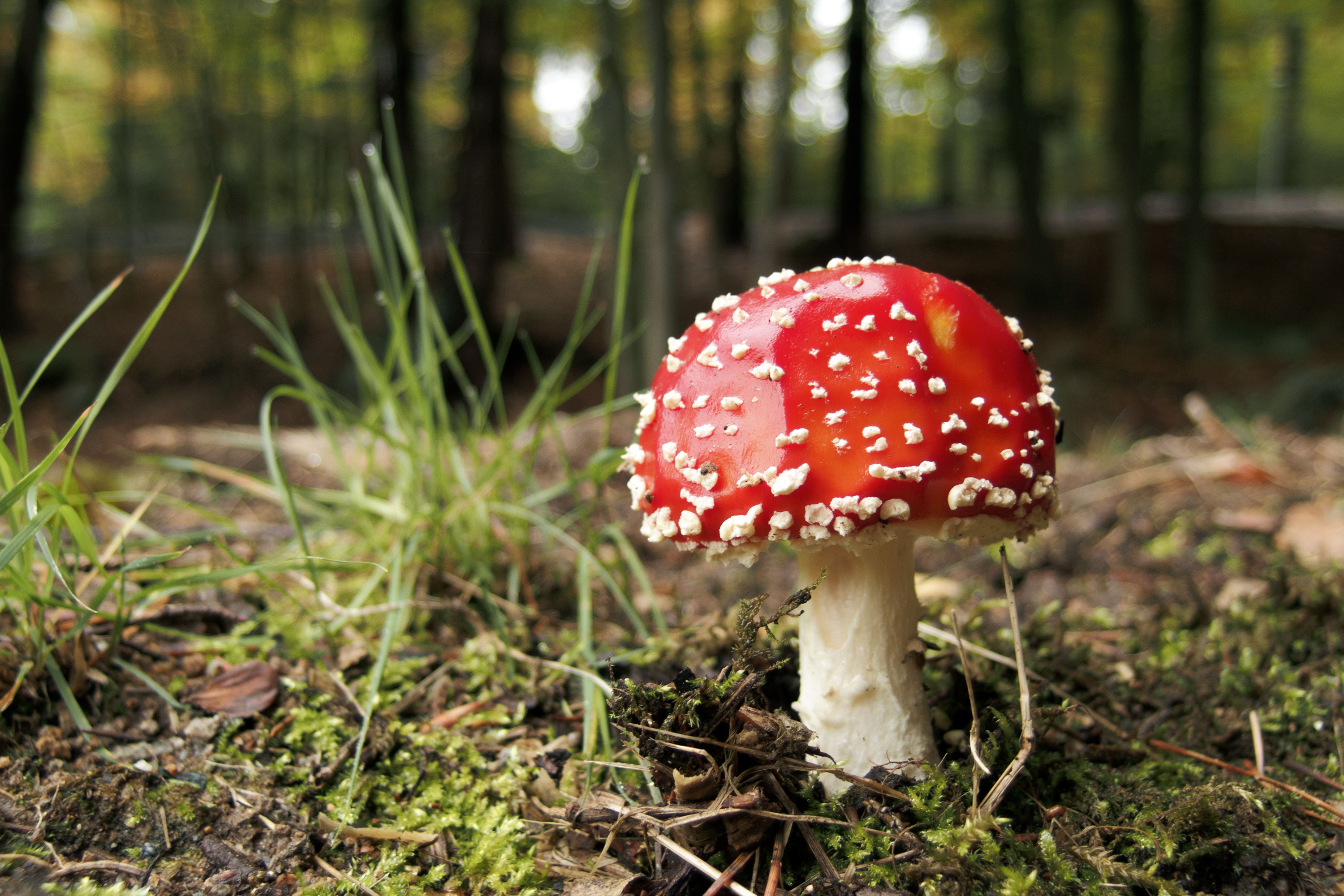· fungus, any of about 144,000 known species of organisms of the kingdom fungi, including yeasts, mildews, molds, and mushrooms. Fungus) are a kingdom of usually multicellular eukaryotic organisms that are heterotrophs (cannot make their own food) and have important roles in nutrient cycling in an ecosystem. · fungi (singular: They may become noticeable when fruiting, either as mushrooms or as molds. Examples of fungi include yeast, mushrooms, toadstools (poisonous mushrooms), and molds. Fungi include symbionts of plants, animals, or other fungi and also parasites. To know more about what is fungi, its structure, characteristics of fungi, classification of fungi, different examples of fungi and other concepts related to kingdom fungi, keep visiting byju’s website or download the byju’s app for further reference. Abundant worldwide, most fungi are inconspicuous because of the small size of their structures, and their cryptic lifestyles in soil or on dead matter. Fungi are some of the most widely distributed organisms on earth and are of great environmental and medical importance. Fungus) are one of the kingdoms of life in biology, along with animals, plants, protists, bacteria, and archaebacteria.
Fungi: Biotic Or Abiotic? The Science Explained
· fungus, any of about 144,000 known species of organisms of the kingdom fungi, including yeasts, mildews, molds, and mushrooms. Fungus) are a kingdom of...









